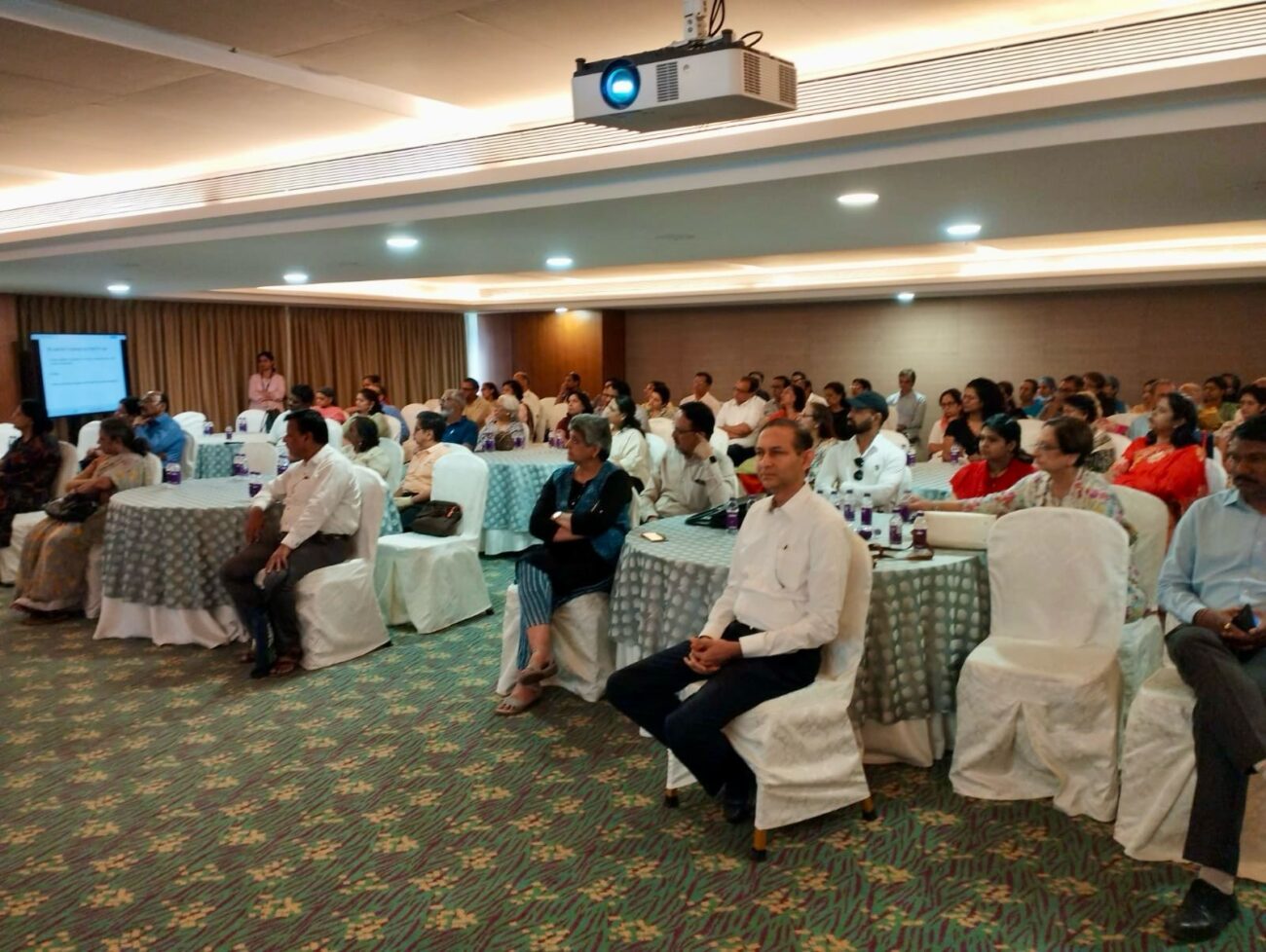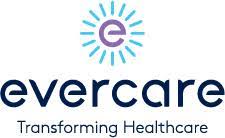Image guided Therapy integral part of modern health care
Dr. M C Uthappa Director, Interventional Radiology & Interventional Oncology, Gleneagles Global Hospital, Bengaluru Image guided therapy, in the 21st century has transformed the techniques to plan, perform, and evaluate surgical procedures and therapeutic interventions. These
Dr. M C Uthappa
Director, Interventional Radiology & Interventional Oncology, Gleneagles Global Hospital, Bengaluru
Image guided therapy, in the 21st century has transformed the techniques to plan, perform, and evaluate surgical procedures and therapeutic interventions. These advanced techniques help to make surgeries less invasive and more precise, which can lead to shorter hospital stays and fewer repeated procedures. These therapies have encouraged healthcare system to develop new medical devices destined for the treatment of cancer.
A disease is often inferred as a medical condition associated with specific symptoms and signs. In humans, a disease is defined as a condition that causes pain, dysfunction, distress, social problems, or death to the person afflicted, or similar problems for those in contact with the person. In a broader sense, it sometimes includes injuries, disabilities, disorders, syndromes, infections, isolated symptoms, deviant behaviors, and atypical variations of structure and function. Diseases can affect people not only physically, but it impacts emotionally as well. A person who incurs and lives with a disease can alter the affected person’s perspective on life.
Numerous specific procedures using image-guidance is growing rapidly. These procedures comprise of two general categories one is traditional and newer procedures. Traditional surgeries are more precise through the use of imaging and newer procedures use imaging and special instruments to treat conditions of internal organs and tissues without a surgical incision (Non-invasive method).
Surgery is an ancient medical specialty that uses operative manual and instrumental techniques on a patient to examine, treat a pathological condition such as disease or severe injury, to help recover bodily function, appearance or to repair unwanted ruptured areas.
Non-invasive is defined as a procedure in which no break in the skin is created and there is no contact with the mucosa, or skin break, or internal body cavity beyond a natural or artificial body orifice. For example, percussion and deep palpation are non-invasive but a rectal examination is an invasive method. Likewise, examination of the eardrum or inside the nose or a wound dressing change all fall outside the definition of non-invasive procedure.
There are numerous non-invasive procedures, ranging from simple observation, to specialized forms of surgery, such as radiosurgery. Extracorporeal shock wave lithotripsy is a non-invasive treatment of stones in the kidney or gallbladder using an acoustic pulse. For centuries, physicians have adopted many simple non-invasive methods based on physical parameters in order to assess body function in health and disease (physical examination and inspection). For example checking of pulse, the auscultation of heart sounds and lung sounds (using the stethoscope), temperature examination (using thermometers), respiratory examination, peripheral vascular examination, oral examination, abdominal examination, blood pressure measurement (using the sphygmomanometer), change in body volumes, audiometry, eye examination, and many others.
Minimally Invasive Procedure
Minimally invasive procedures, also known as minimally invasive surgeries have been enabled by the advance of various medical technologies. Surgery (an invasive method) and many operations that require incisions of some size are referred to as open surgery. Incisions made on the skin or body can sometimes leave large wounds that are painful and take a long time to heal.
Minimally invasive surgery, on the other hand, is referred to as a surgical technique that limits the size of incisions needed and thus lessens wound healing time, associated pain and risk of infection. An endovascular aneurysm repair is an example of minimally invasive surgery, which involves a much less invasive and smaller incision is done than the corresponding open surgery procedure of open aortic surgery.
Image Guided Therapy
Image Guided Therapy (IGT) or Interventional radiology is a specialty encompassing the diagnosis, investigating and image guided therapeutic management of vascular and non-vascular diseases. Image Guided Systems helps in diagnosis and treatment of diseases and defects. Image guidance systems improve the accuracy in surgeries, and thus help in surgeries efficiently. IGT devices guide doctors in planning for the surgery and help doctors in conducting the surgery. IGT has a wide range of applications such as cardiology, neurology, oncology, orthopedics and others. Some of the Imaging modalities such as Computed Tomography (CT) scanners, Magnetic Resonance Imaging (MRI), X- Ray Fluoroscopy Machines, Positron Emission Tomography, Endoscopes and single positron emission computed tomography (SPECT) equipment are mostly used in Image Guided Surgeries.
There are four pillars of Image Guided Therapy, they are:
Patient safety
Clinical efficacy
Treatment reliability
Procedure cost effectiveness
The treatment process involves three stages
Accurate Imaging of the Tissue / organ
Planning the intervention
Intervention under real time image guidance
Case study: A Model Procedure adopted to treat a 40 year old lady suspected of a lump in her Breast
Step1: The patient approached her local doctor, who diagnosed her with tumor and further referred her to an oncologist for confirmation and further treatment.
Step 2: Oncologists recommended her to get specific tests done to detect her actual condition.
Step 3: As recommended by the doctor the patient got a few tests done with the help of special equipment.
Step 4: Once the actual problem was detected both the Oncologist and Interventional Radiologist had a discussion on the procedure to burn the tumor.
Step 5: Around 11 AM the patient was placed on the PET /CT and using the minimally invasive image guided therapy machine the doctor could detect the tumor with high accuracy.
The interventional radiologist then used the needle provided by the Microwave Ablation Equipment locates the tumor and then with the help of Microwave frequency the doctor burned the tumor. This entire procedure lasted for 2 hours.
Step 6: Patient was later sent to the recovery room for 2 hours and then was shifted to the ward.
Step 7: After monitoring the patient’s condition the doctor discharged her as her health was improving.
Step 8: Patient visited the doctor for a regular checkups after 2 weeks of the procedure. Her Oncologist suggested her to get another PET/CT scan to see if the tumor has cured sufficiently.
Focusing more on the benefits and care of the patients, nowadays doctors adopt minimally-invasive therapies, such as catheter-based treatment to cure certain tumors, aneurysms, obstructed blood vessels, heart rhythm disorders and defective heart valves. These minimally-invasive therapies continue to be the most preferred procedures to avoid complication





